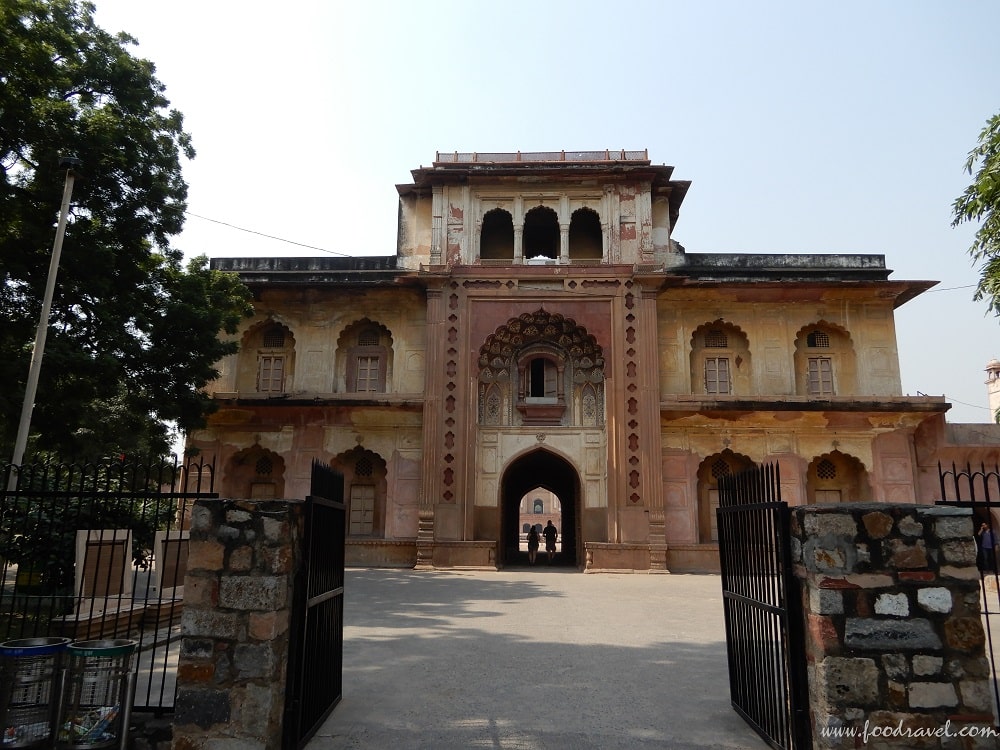Surrounded by several monuments, some standing with glory while others were lost in history, Delhi is living with its past. Broken tombs, crumpled fort walls, ruined monuments and there is a lot which you will find when you take a walk across the capital city of India. On one side, you have medieval monuments which are a matter of pride and which are not only maintained by ASI but also by UNESCO whereas, on the other side, there are monuments which are living in ignorance, with lots of stories and mysteries. In this blog, I will take you to one such monument which not many people know (Not everyone in Delhi as well). A monument which was built in the Tughlaq era, Bijai Mandal of New Delhi, today stands in completely ruined conditions.
Read Here – Chor Minar Hauz Khas

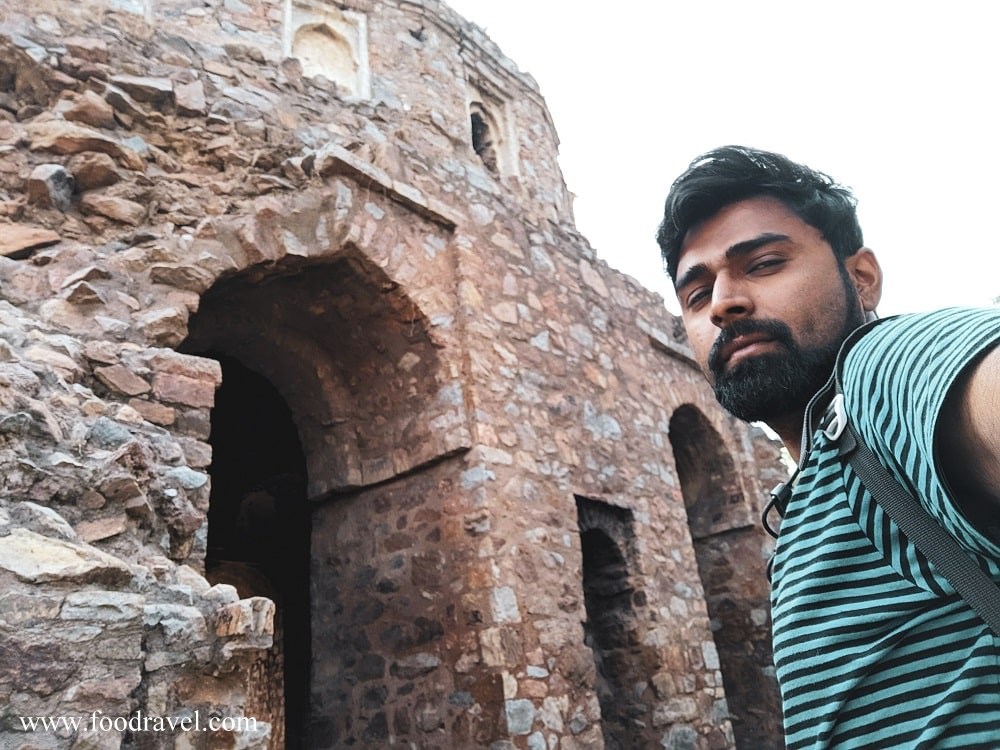
Delhi was long ruled over by the Mughals and then the British came. A majority of the monuments built by them are standing today in good condition. The city has a few monuments built during the Tughlaq era which today can be found in weathered, broken, ruined conditions across the city. Bijai Mandal in New Delhi is located near Begumpur Mosque. I took a walk to this monument from the mosque and explored its every corner. Built in the then Jahanpanah city, Bijai Mandal today is surrounded by the houses in its neighborhood and lacks proper care and maintenance. Though I saw a security guard but I also saw people smoking weed inside the monument.


Delhi holds a huge historical and cultural significance and monuments like this make this city beautiful. Yet, with not much maintenance, these monuments are left to die, and sooner or later if proper attention isn’t given; our coming generation will only get to see them in books or photos. Bijai Mandal was the site of a thousand-pillared hall.

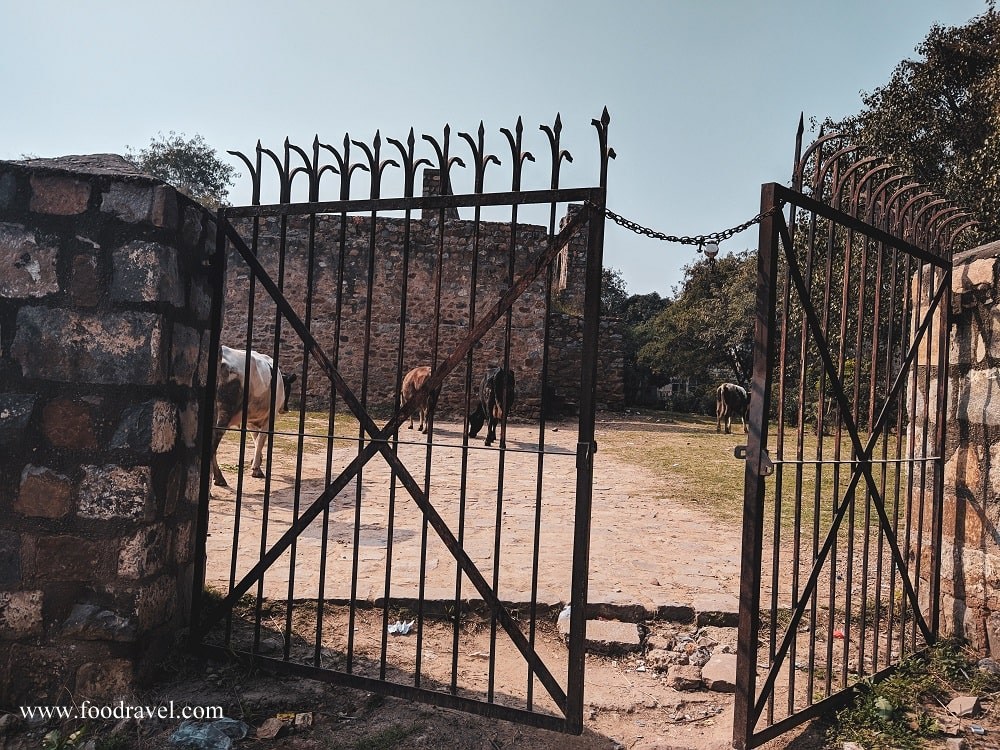
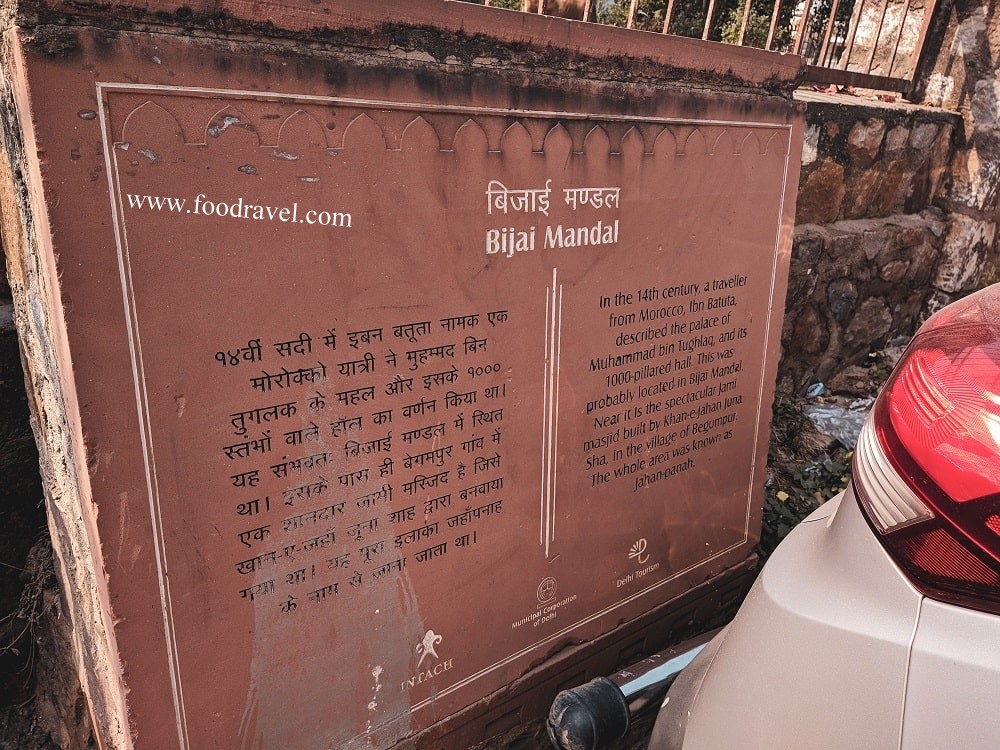
Bijay Mandal is said to have been built by Allauddin Khalji. Later, Muhammad Bin Tughlaq maintained it and also contributed to the structure. It was built in Jahanpanah, one of the cities which were built during the Sultanate back then. Tughlaqs have built several monuments during their rule over the city. Built on a raised platform, the fort offered panoramic views of the surrounding areas. It was strategically positioned high in order to get glimpses of the enemies.
Read Here – Agresen Ki Baoli
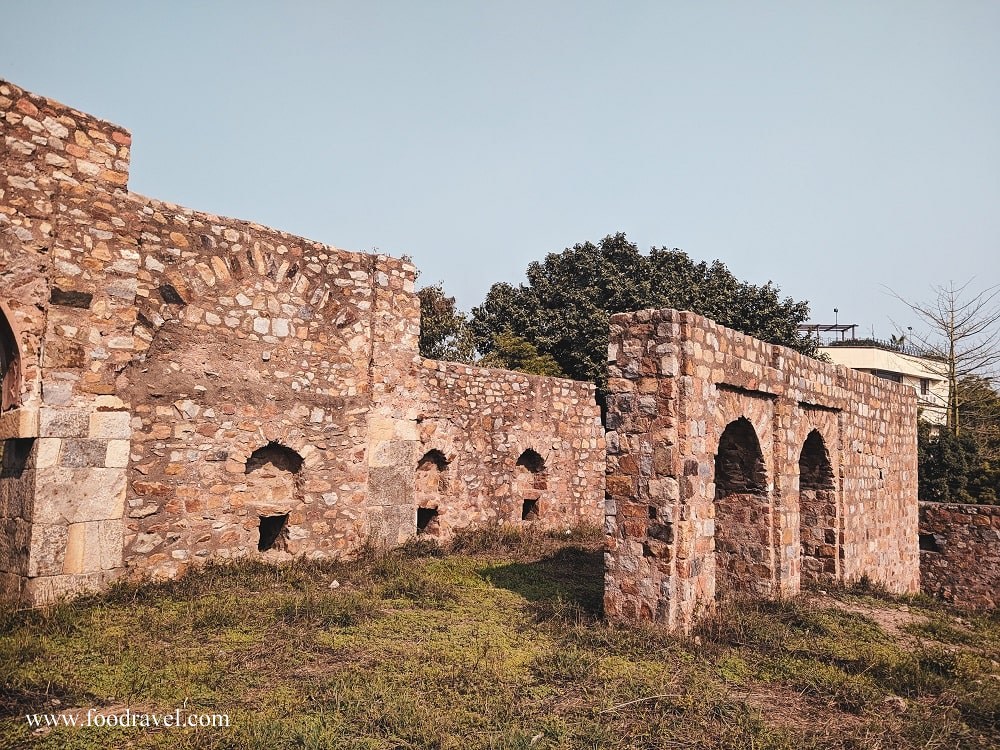
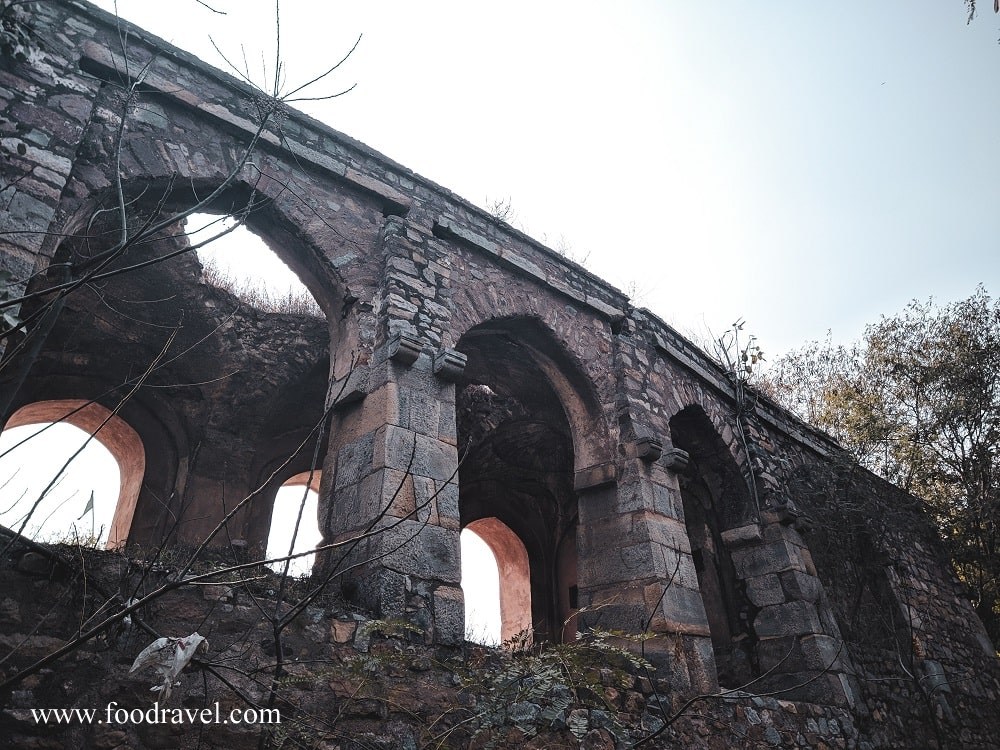
Bijay Mandal is believed to be an observational tower since it was constructed on a raised platform. Its unusual structure plan makes it’s a wonderful monument to visit in Delhi during weekends or if you need something offbeat in the city. It is said that the Tughlaq kings would watch and observe from this tower and would just spend some time away from the normal routine life.

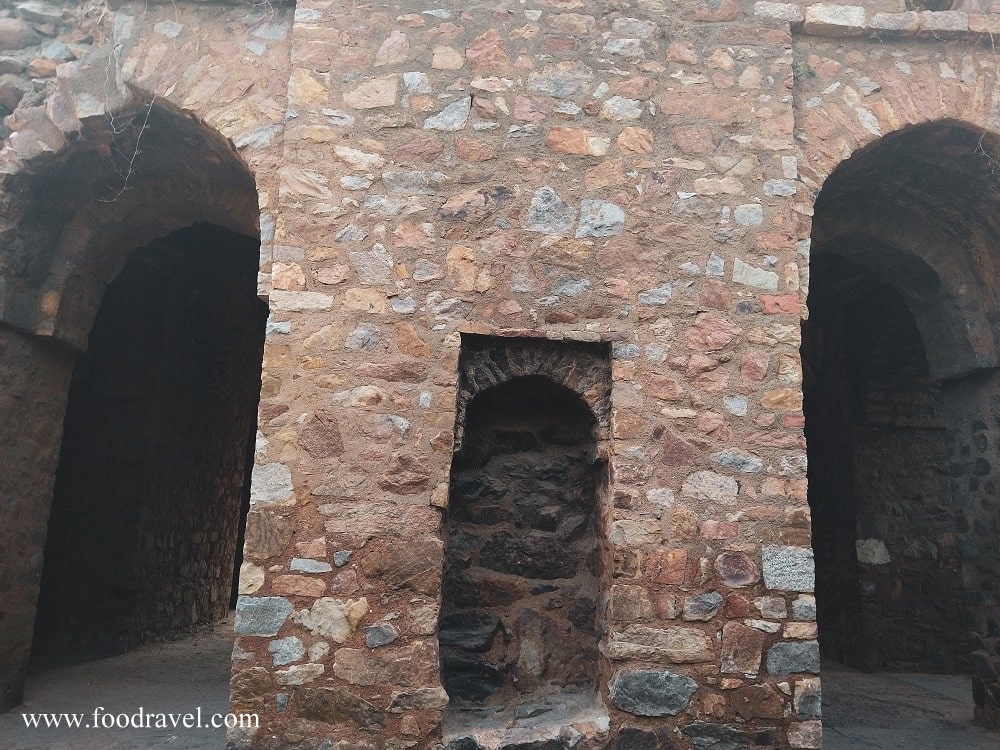
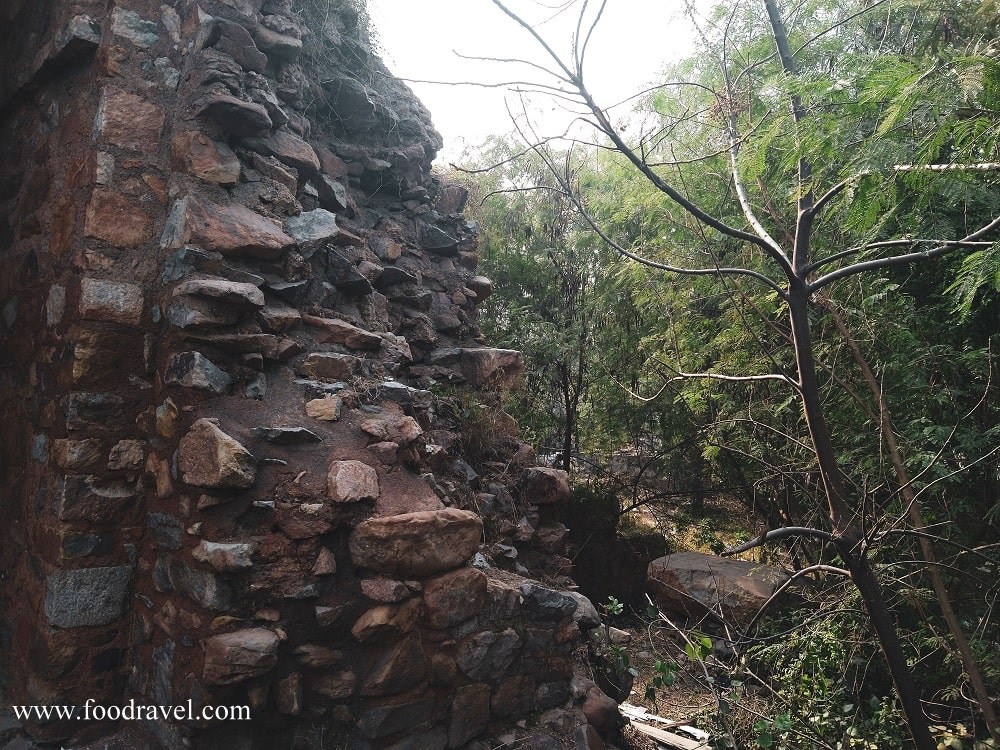

Ibn Battuta, the famous Moroccan traveler, and explorer has mentioned Bijai Mandal of New Delhi in his descriptions as a victory platform. He even mentioned that the Bijai Mandal was beautifully decorated with pillars of carved woods and canopies. As per his description, the palace had several chambers and a massive hall for the public (Hazar Sultan Palace). Today, nothing that can testify his description exists at the monument.
Read Here – Humayun’s Tomb New Delhi
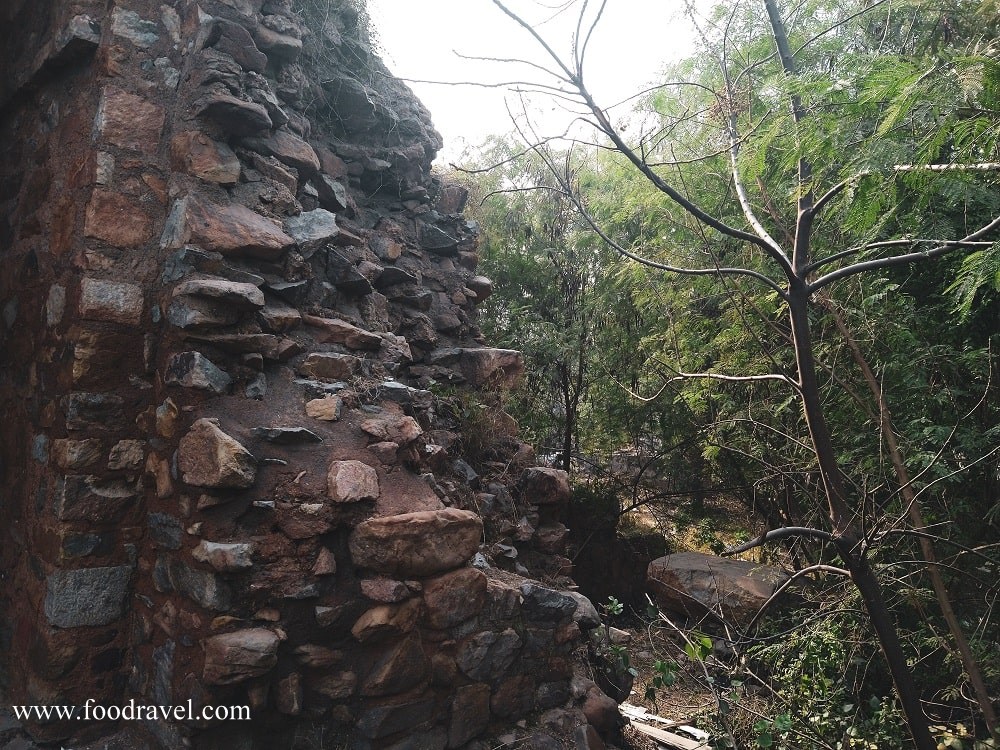
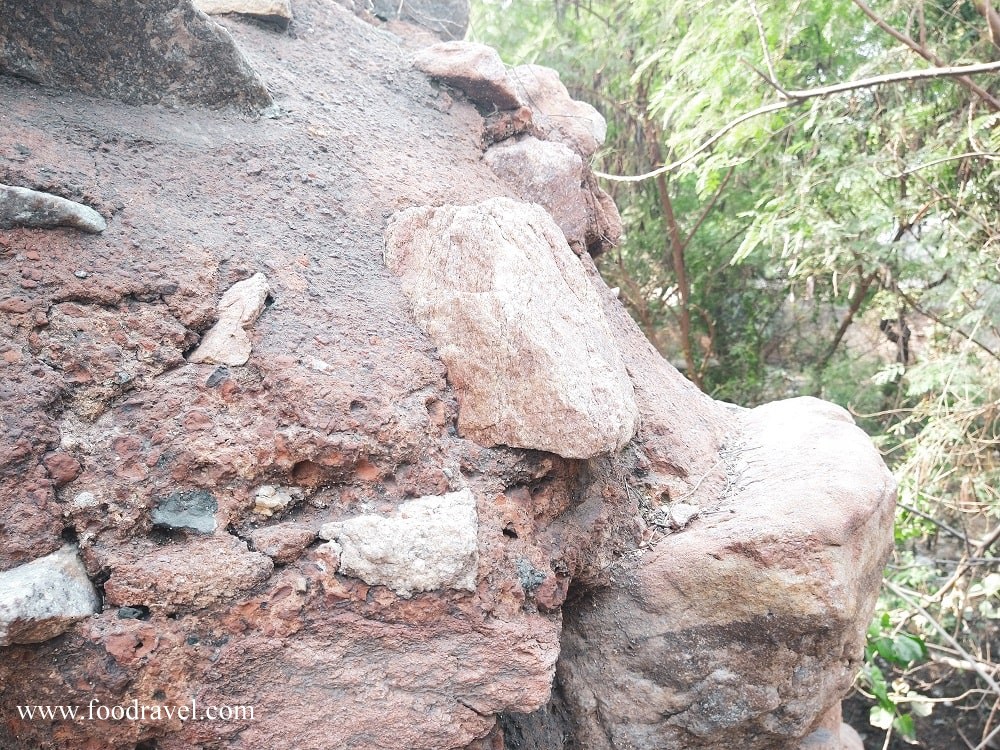
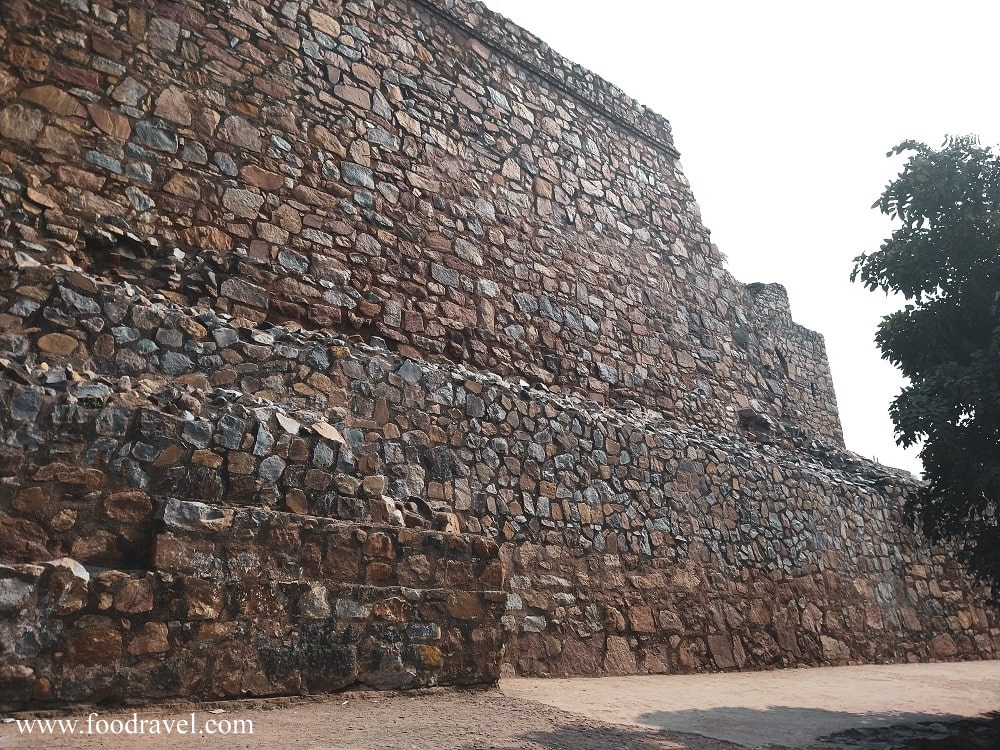
Architecture of Bijai Mandal New Dehli
The entire monument is laid on a 74 m X 84 m plan. It has a square dome. Some archaeologists don’t claim it to be a palace or a tower. This monument is so much ruined that it is hard to tell its purpose. Built in typical Tughlaq architectural style, the monument has an octagonal plan. The building is constructed with rubble masonry. You will see doors on every cardinal side. There is an inclined walkway that used to lead to the Sultan’s apartment. Two large openings are supposed to direct to the treasury.
Read Here – Interesting facts about Qutub Minar
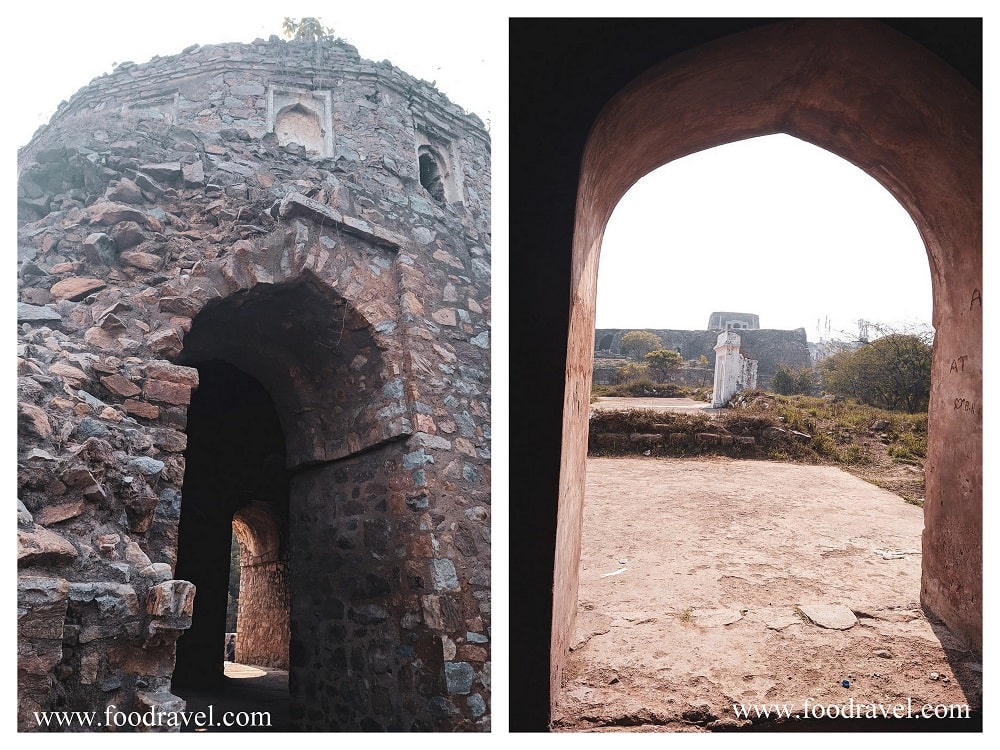
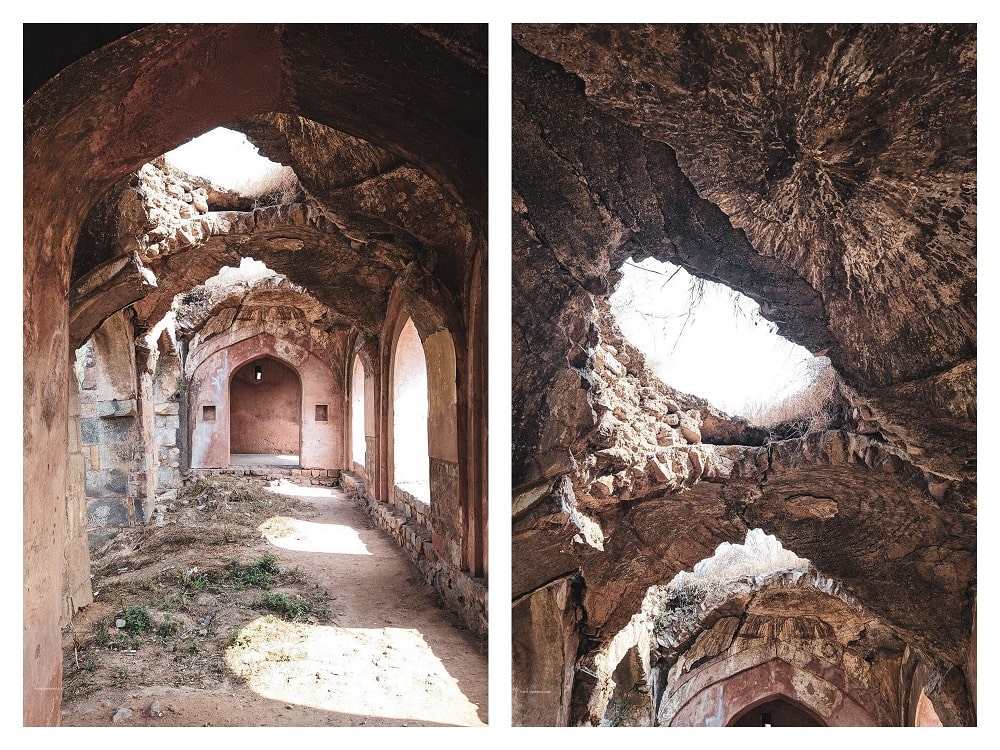

You will see small holes in the apartment rooms outside in the front of the buildings on the level platform. These holes are equidistant. It is said that these holes were made to support the wooden pillars for making shamiana. Since the facts behind its construction aren’t transparent and there is a debate over it; it is believed Alauddin Khalji probably built the palace’s stone hall whereas Muhammad bin Tughlaq added the tower along with the stone building.
Read Here – Lotus Temple New Delhi

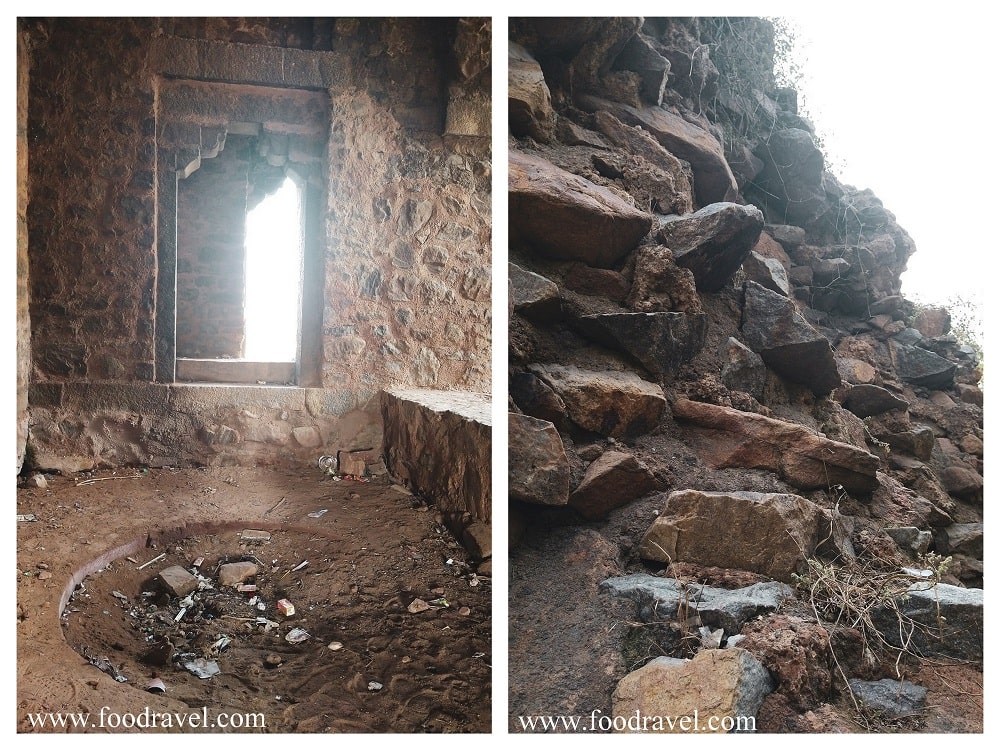
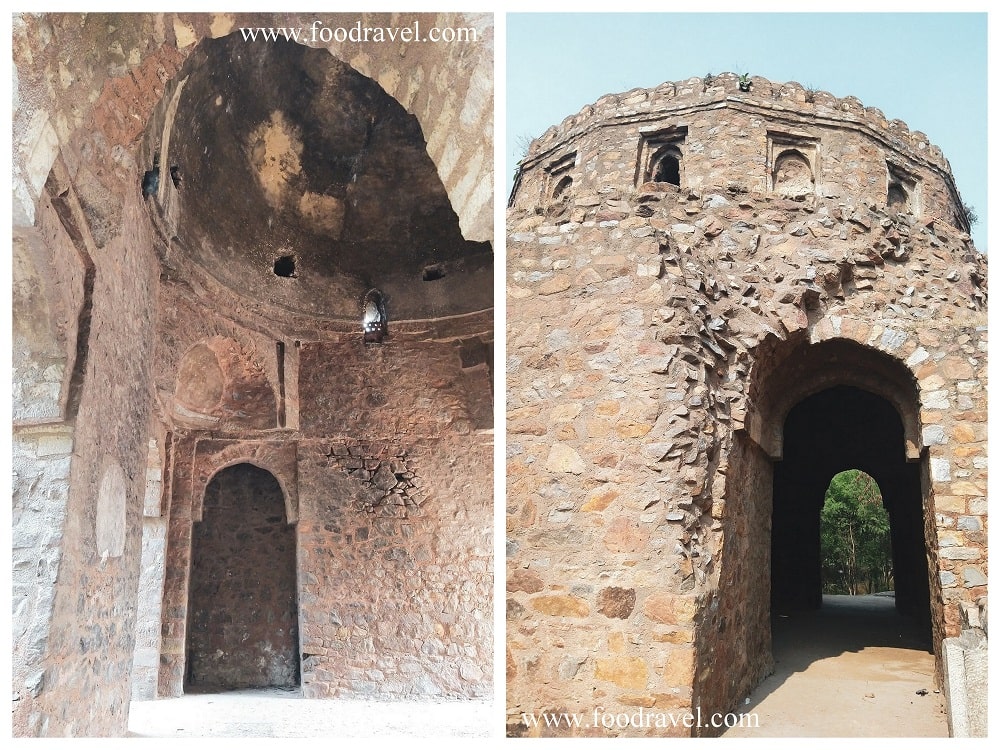
Treasure excavation from Bijai Mandal New Delhi
It is said that ASI discovered gold coins while doing excavations, from the south end of the complex. According to a legend, there is a tunnel that connects Bijay Mandal to Tughlaqabad Fort and that tunnel has hidden treasure. Though ASI has dug out treasures from the monument’s vaults, it is not known how much and if there is still any treasure left behind. The treasure which ASI unearthed date to Feroz Shah’s reign and also Sheikh Hasan Tahir who was a saint during the 16th century when Sikander Lodhi was in power. As per an excavation carried out in 1934, Hazar Sultan Palace had bases of wooden pillars.
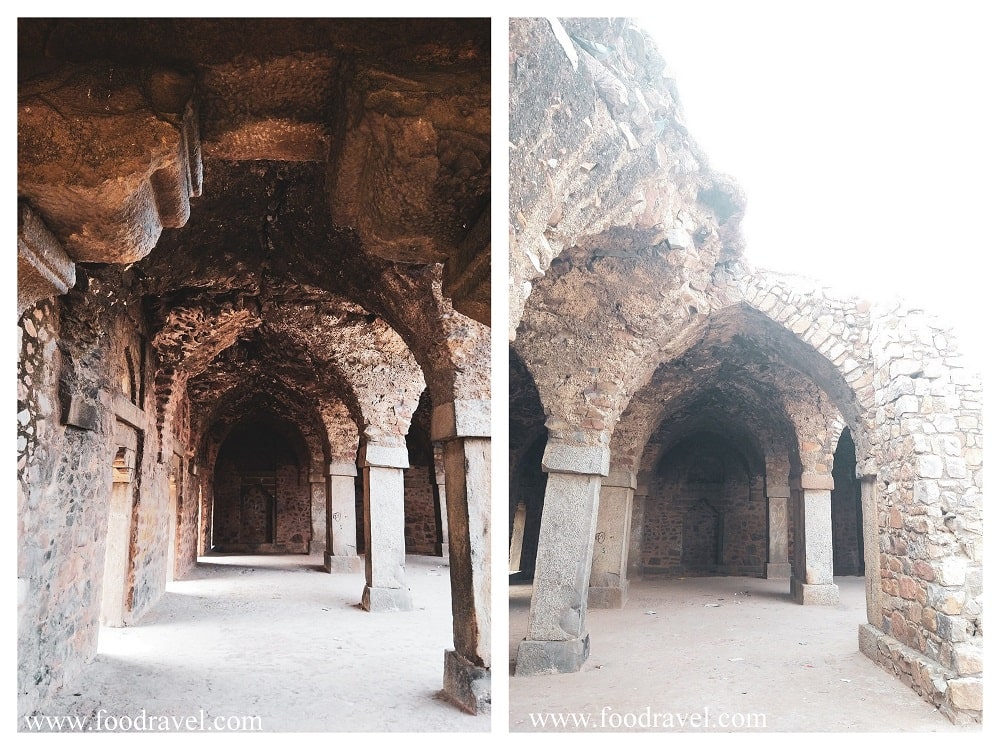
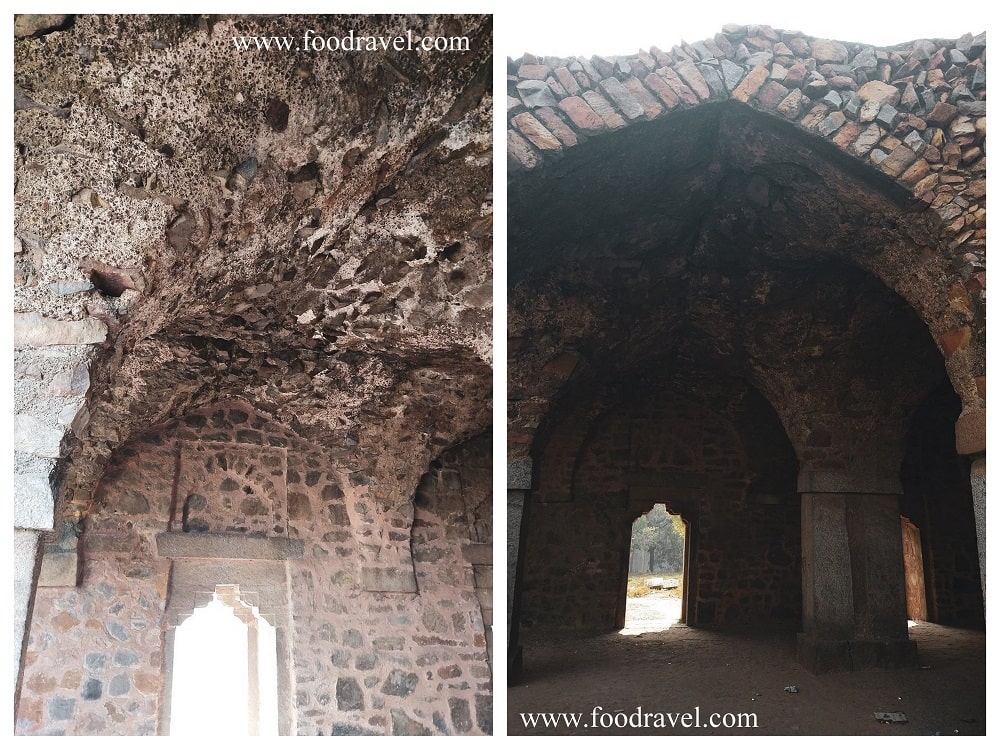

As you enter the monument from its main gated entrance, you will see a Sufi shrine of Sheikh Hassan Tahir. No much is mentioned about the saint in the history books. A common belief is that the shrine protects the complex from evils. There are several other unknown graves around the shrine.
Read Here – A night at India Gate
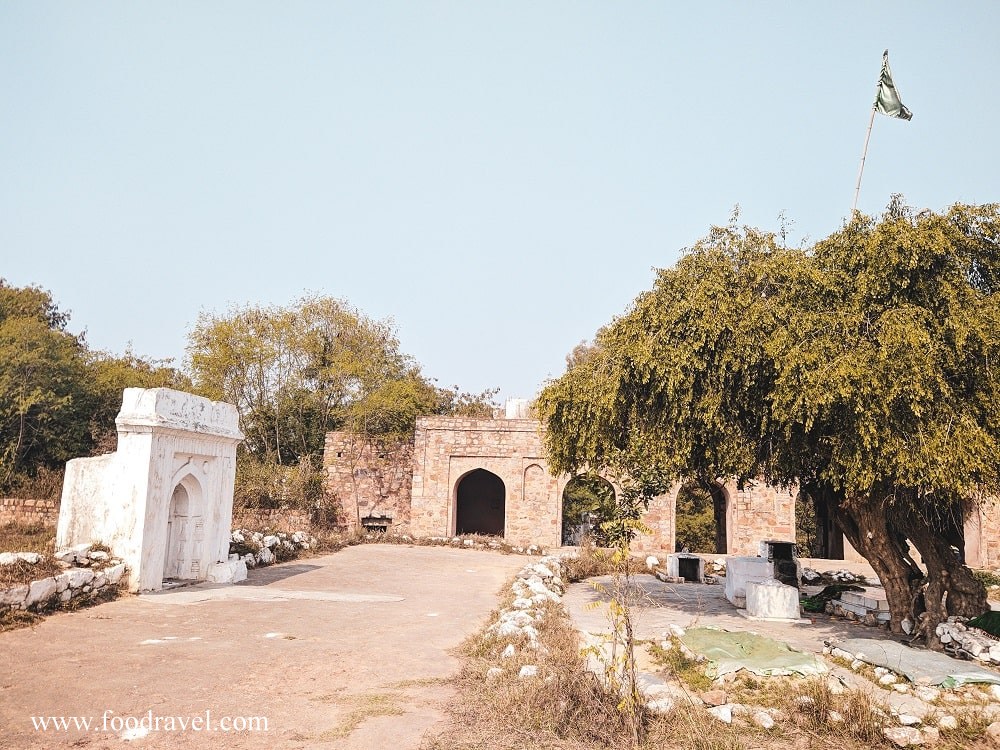

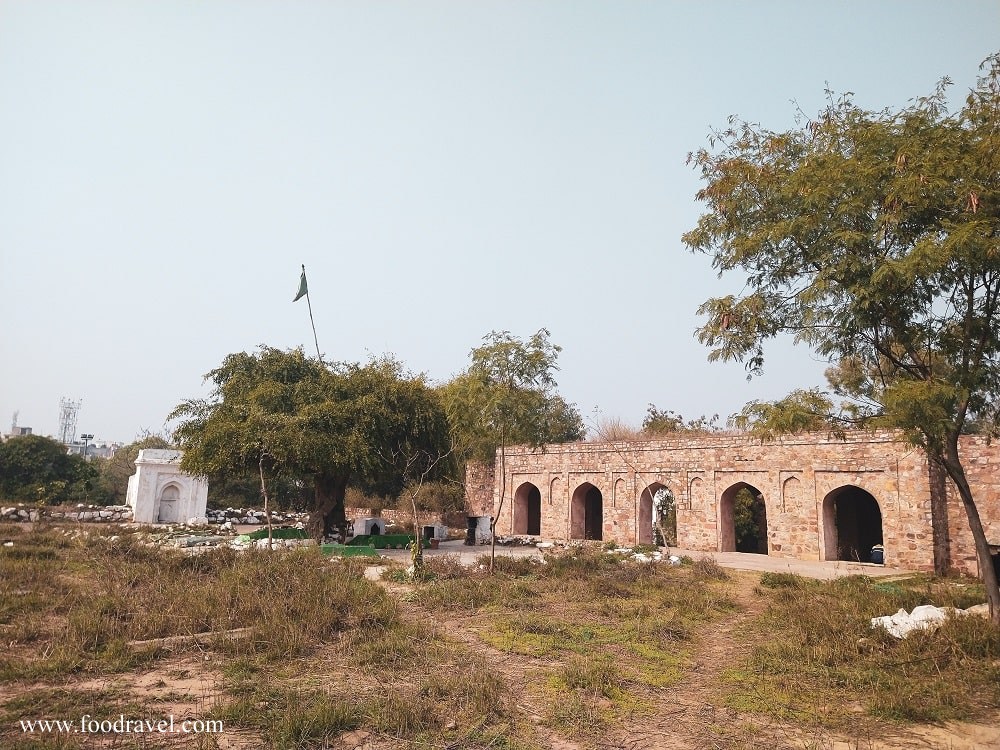

How to reach Bijai Mandal New Delhi?
The nearest metro station is Malviya Nagar. I took a walk from Malviya Nagar and first reached Begumpur mosque. After spending an hour exploring this ancient monument, I checked the way to Bijai Mandal on Google Maps and followed it to reach there. Bijai Mandal is located within a walking distance of fewer than 5 minutes from Begumpur Mosque, so you can easily reach here from the mosque.


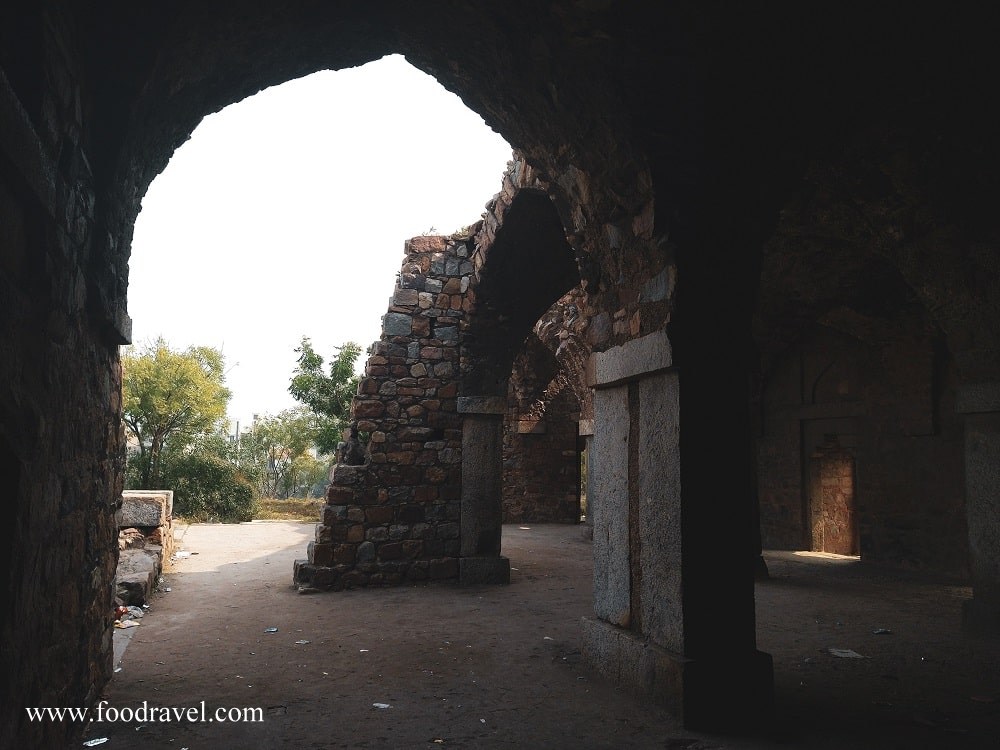
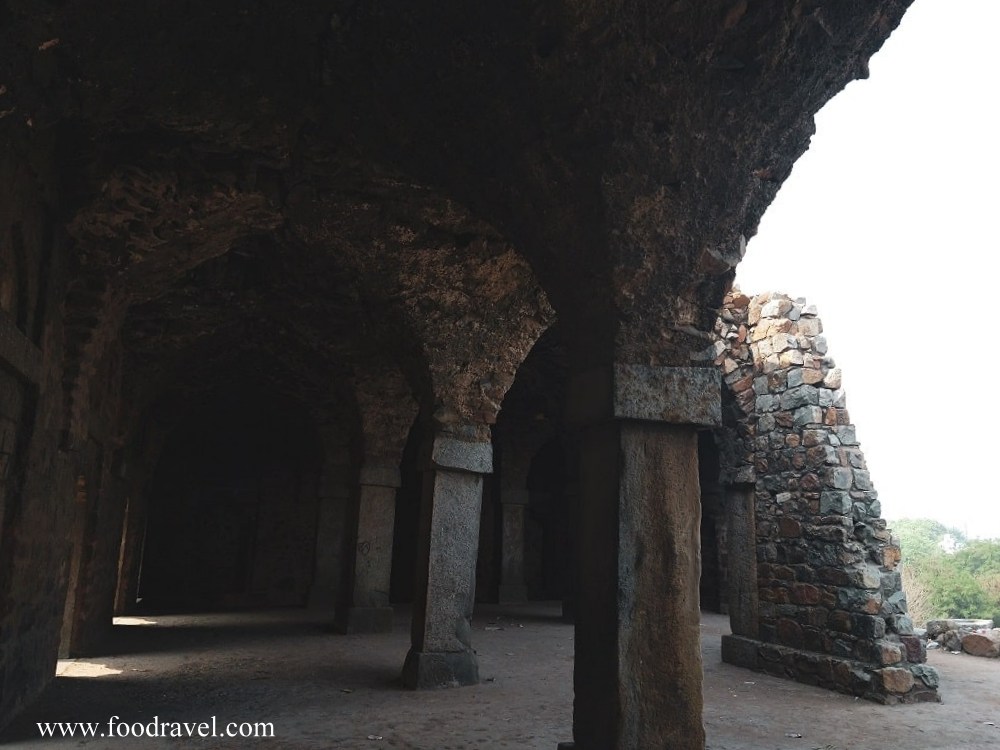

Timing and entry ticket of Bijai Mandal
Bijai Mandal is among one of the monuments to visit without an entry ticket in Delhi. Thus, you don’t have to buy a ticket or pay for anything. The timing should be from sunrise to sunset. Make sure that you don’t litter anything around. You can spend some time, sit and relax there. If you are carrying any plastic with you i.e. water bottles, packaged food, etc. ensure to drop them in the dustbin only.

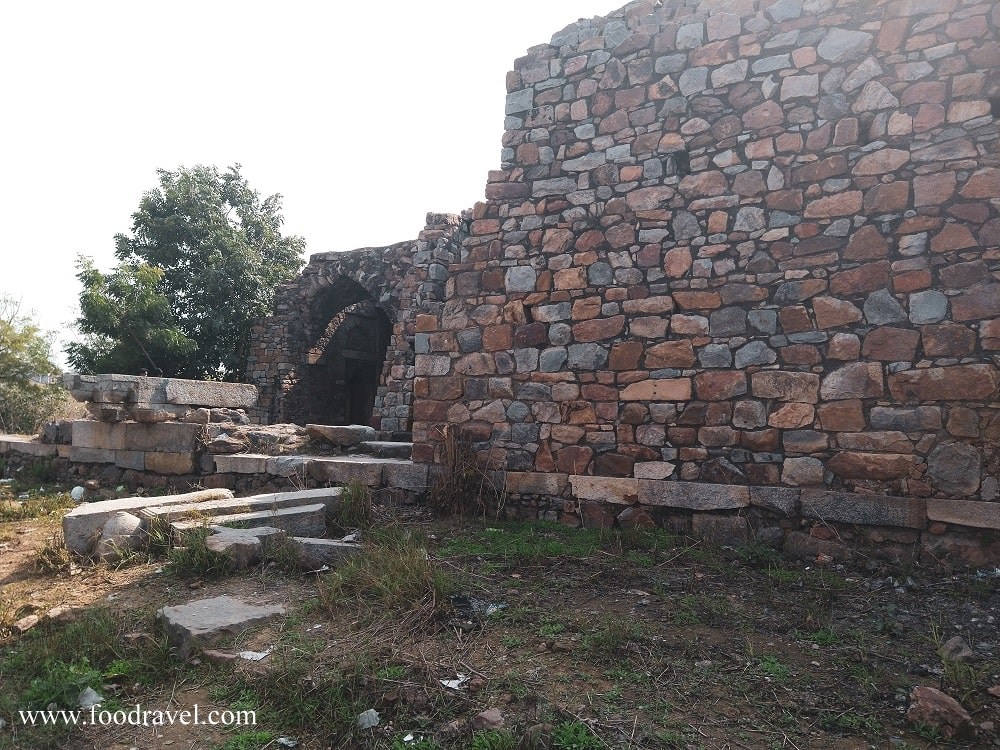

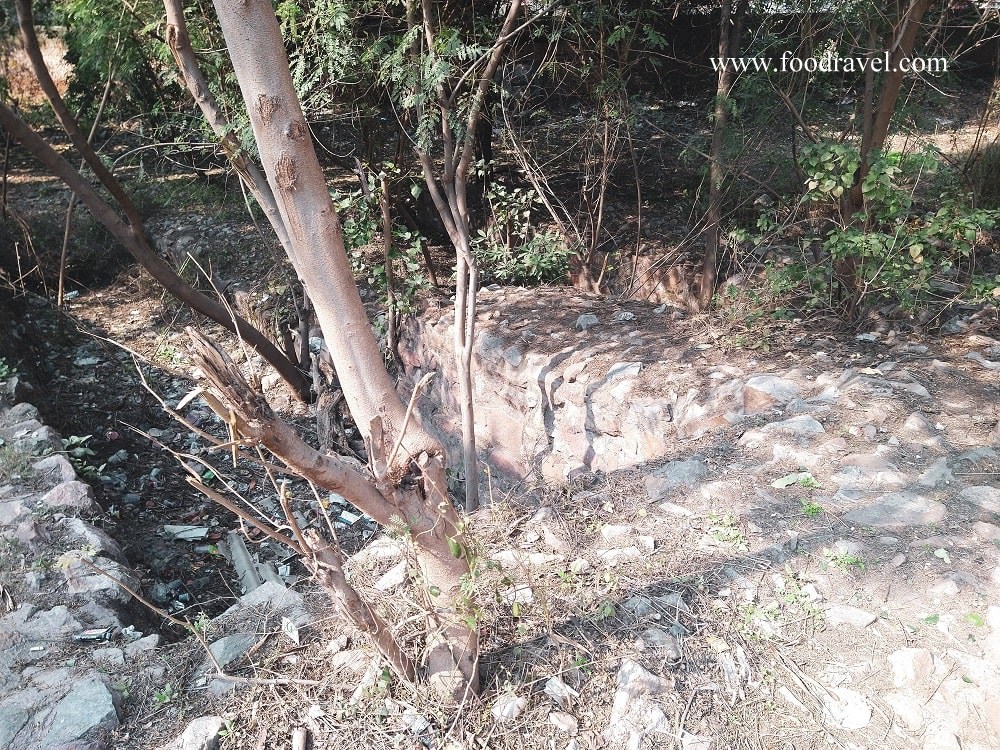
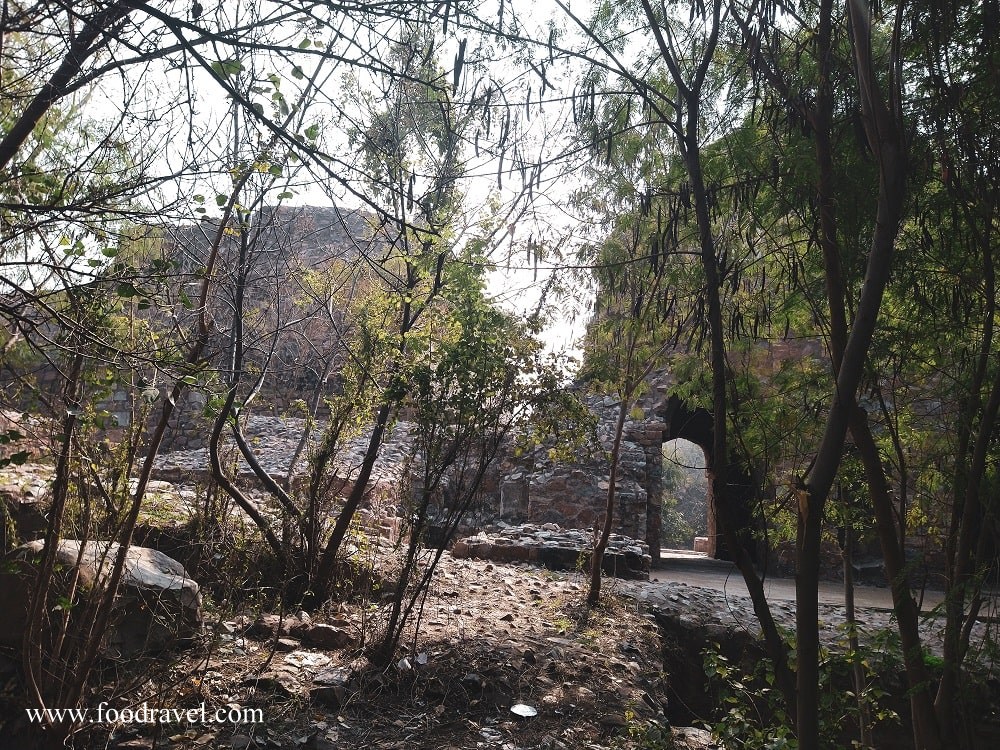
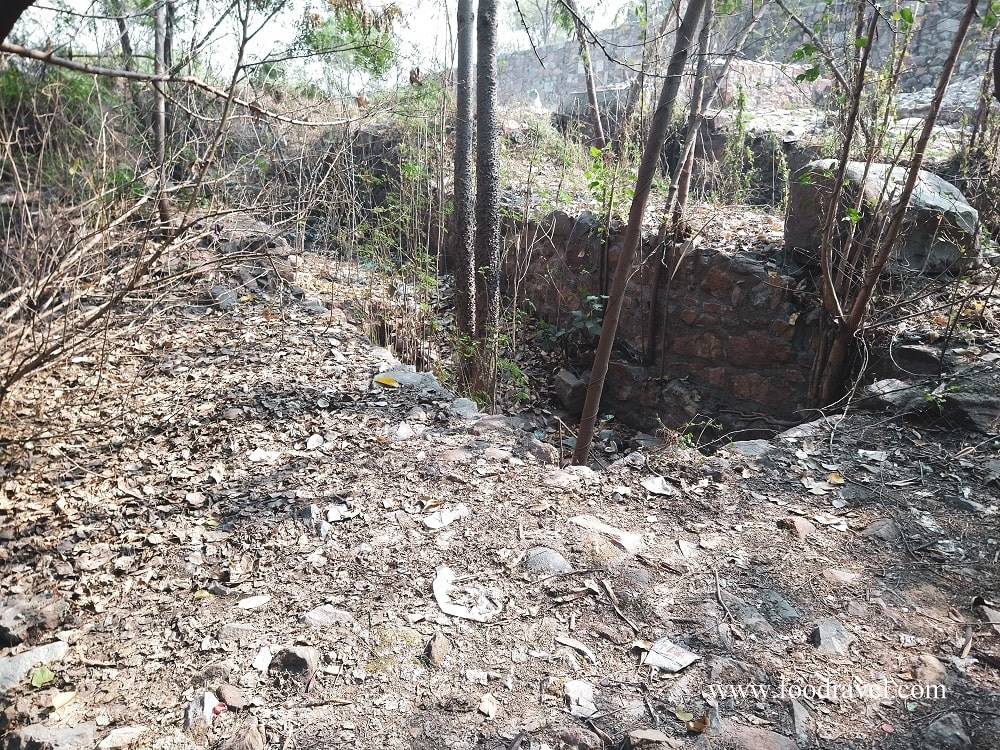
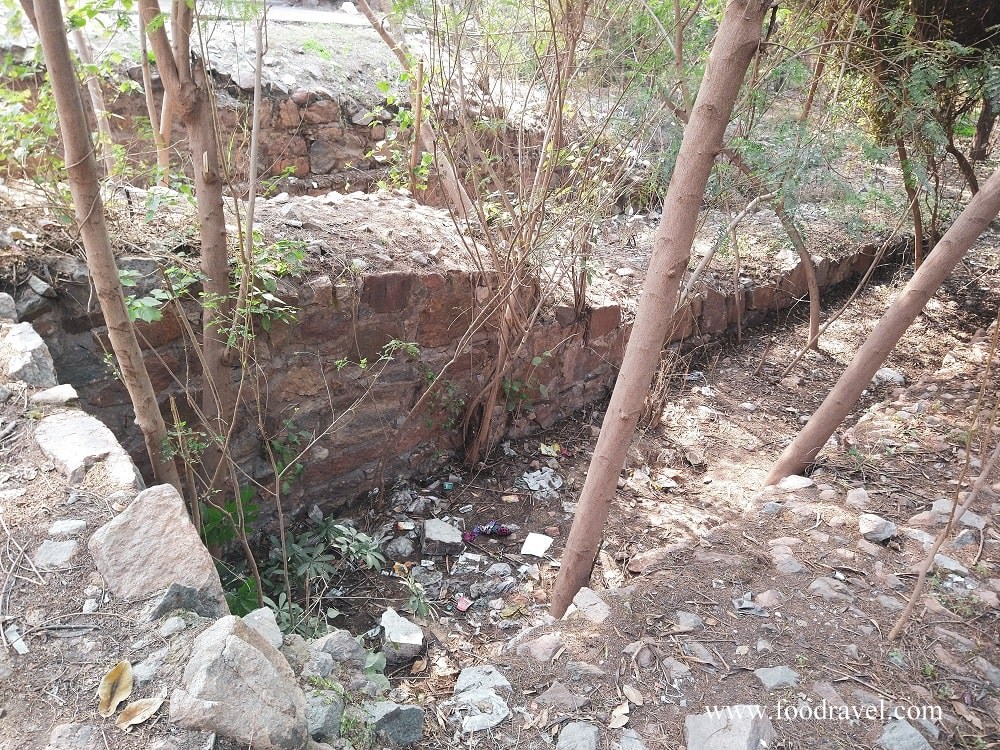
The history of this monument is not known clearly. But one thing is clear. This monument must have enjoyed its days of glory. However today, Bijai Mandal is yet another ignored monument of the city. I have known some independent organizations offering heritage walks to places like this which is a nice initiative and people can come to know about such places. I spent around one hour at Bijay Mandal and explored its every corner. The monument lies in ruins. The walls have fallen from many places, the ceilings have broken down. People come here to smoke and drink. No proper maintenance and attention to given to the monument which is unfortunate. Monuments like this are the heritage of the city and deserve to be conserved.
![]()



